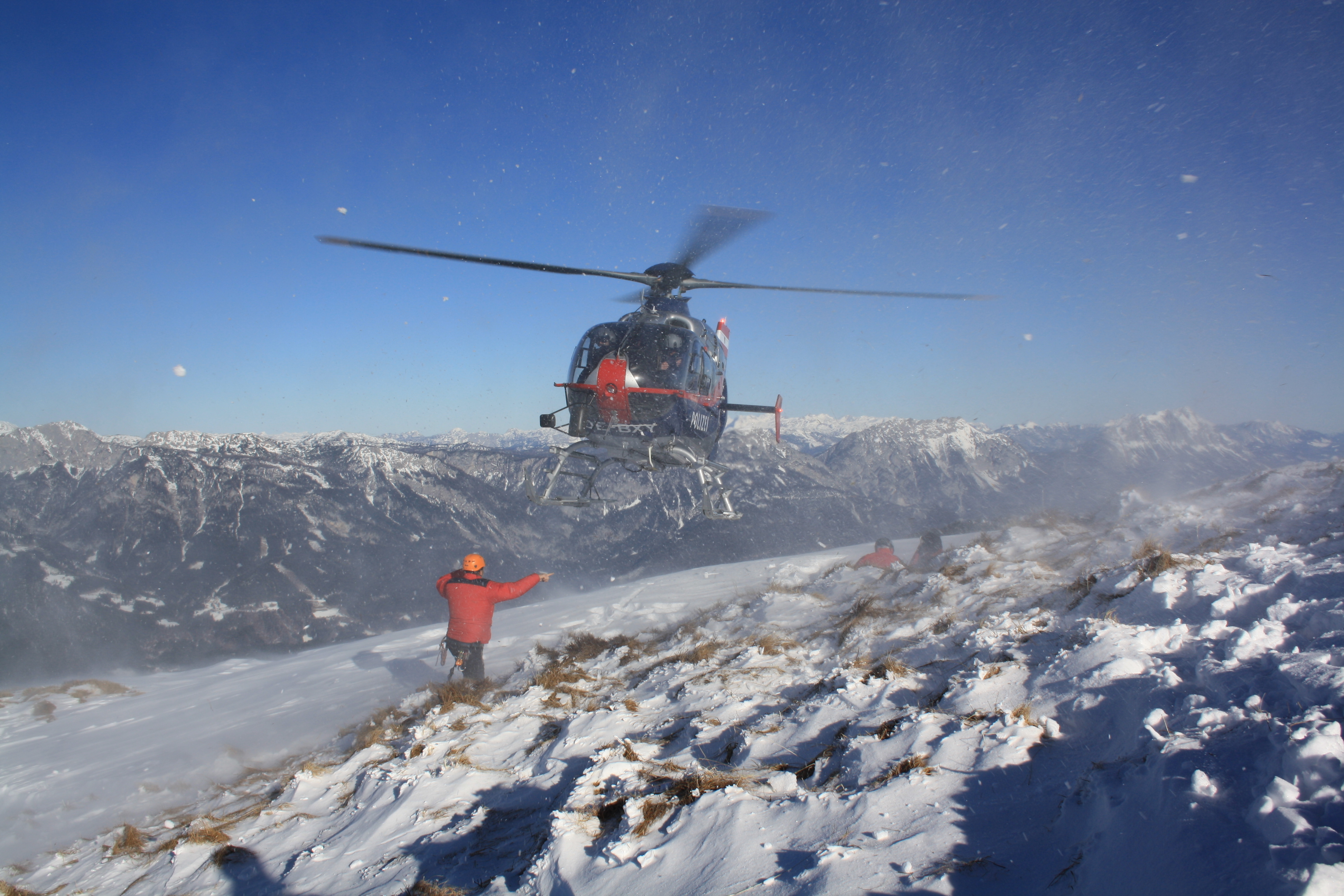Avalanches
GeoSphere Austria manages various avalanche-warning services in Austria and thus plays an important role in safety in the mountains and on roads.
Winter sports, especially ski tourism, are an important source of income for Austria. However, a continuous blanket of snow in the mountains usually also means danger for tourists and residents of mountain valleys. Infrastructure such as road or rail connections are repeatedly threatened by avalanches and every year avalanches in the Austrian mountains claim numerous lives. Daily assessment of the avalanche danger is important so that measures such as road closures can be initiated if necessary. In addition, avalanche warnings are an important planning tool for ski tours and other off-piste activities.
GeoSphere Austria operates with avalanche-warning services for Salzburg, Styria, Lower Austria and the Lower Austrian State Railways (NÖVOG) on behalf of the respective states. There is close cooperation with the other avalanche-warning services in Austria regarding weather data, forecasts and warnings. Products for warning and communication are also offered. For example, there is the documentation and warning tool for the avalanche commissions and other local decision-makers. Since 2019, GeoSphere Austria has also been maintaining an input and output tool for the avalanche report for many federal states in Austria. Training courses for avalanche-warning commissions are also part of the range of services.
Various scientific projects on the subject of avalanches have been carried out at GeoSphere Austria in recent years. For example, the EU project CROSSRISK has developed a cross-border avalanche report (Carinthia, Slovenia and Styria), which is being coordinated with colleagues from the CAIROS project (Tyrol-South Tyrol-Trentino). This will be achieved by combining the relevant information from the available regional situation reports and increasing the coherence of avalanche warnings in the border region. The EU project RisKLIM will develop new tools for avalanche warning officers by 2027, which will also be coordinated with colleagues from the Cairos project (Tyrol-South Tyrol-Trentino).

